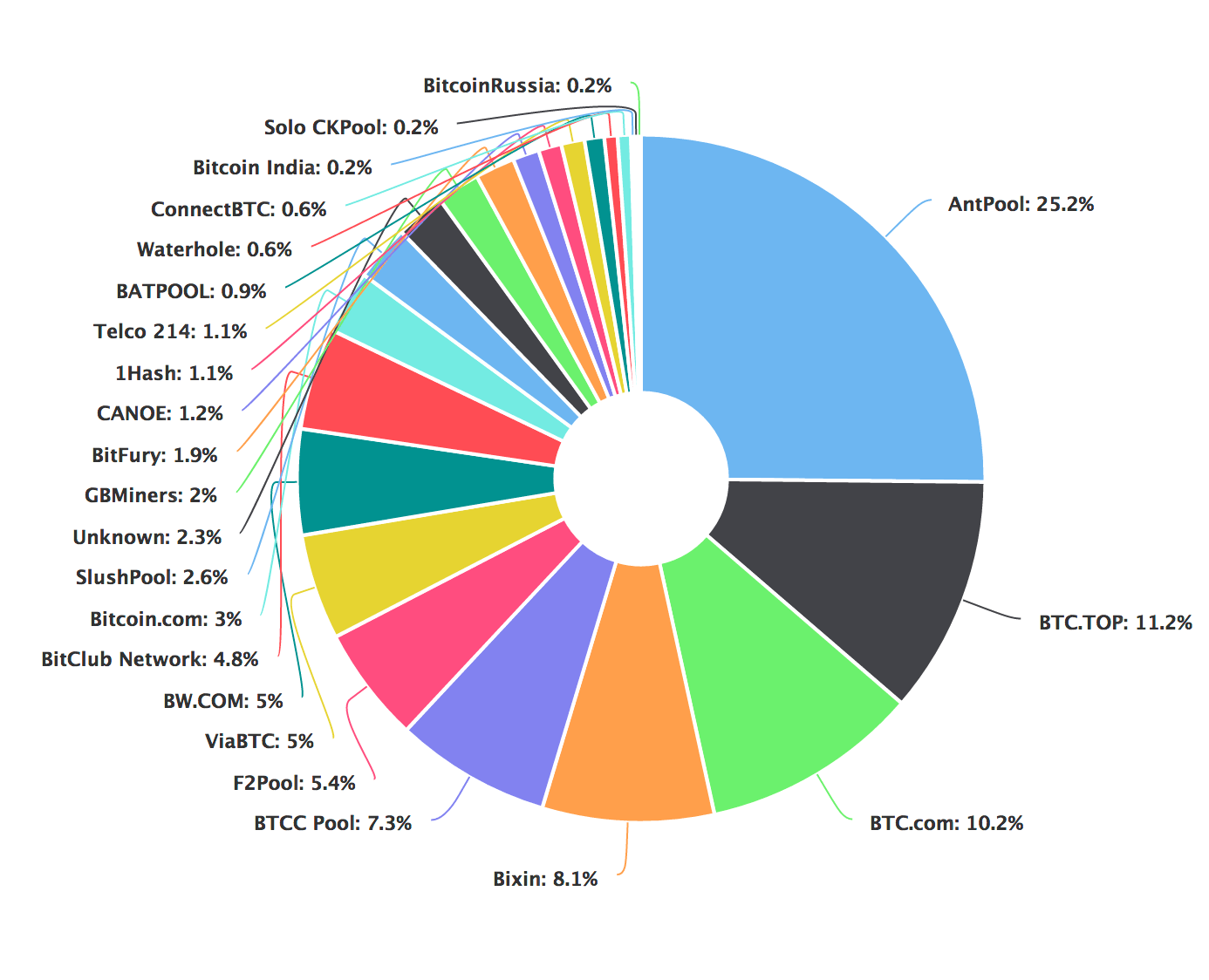In the context of cryptocurrency mining, a mining pool is the pooling of resources by miners, who share their processing power over a network, to split the reward equally, according to the amount of work they contributed to the probability of finding a block.
A “share” is awarded to members of the mining pool who present a valid partial proof-of-work. Mining in pools began when the difficulty for mining increased to the point where it could take centuries for slower miners to generate a block. Miners decided to pool their resources so they could generate blocks more quickly and receive a portion of the block reward on a consistent basis, rather than randomly once every few years.
How do you get paid?
PPS: The Pay-per-Share (PPS) is one of the most popular payment solution. Approach offers an instant, guaranteed payout for each share that is solved by a miner. Miners are paid out from the pools existing balance and can withdraw their payout immediately. This model allows for the least possible variance in payment for miners while also transferring much of the risk to the pool’s operator.
PROP: The Proportional approach offers a proportional distribution of the reward when a block is found amongst all workers, based off of the number of shares they have each found.
Pay-per-last-N-shares (PPLNS) method is similar to Proportional, but the miner’s reward is calculated on a basis of N last shares, instead of all shares for the last round. Therefore, if the round was short enough all miners get more profit, and vice versa.
DGM: The Double Geometric Method (DGM) is a hybrid approach that enables the operator to absorb some of the risk. The operator receives a portion of payouts during short rounds and returns it during longer rounds to normalize payments.

SMPPS: The Shared Maximum Pay Per Share (SMPPS) uses a similar approach to PPS but never pays more than the Bitcoin mining pool has earned.
ESMPPS: The Equalized Shared Maximum Pay Per Share (ESMPPS) is similar to SMPPS, but distributes payments equally among all miners in the Bitcoin mining pool.
RSMPPS: The Recent Shared Maximum Pay Per Share (RSMPPS) is also similar to SMPPS, but the system prioritises the most recent Bitcoin miners first.
CPPSRB: The Capped Pay Per Share with Recent Backpay uses a Maximum Pay Per Share (MPPS) reward system that will pay Bitcoin miners as much as possible using the income from finding blocks, but will never go bankrupt.
Bitcoin Pooled mining (BPM), also known as “slush’s system”, due to its first use on a pool called “slush’s pool’, uses a system where older shares from the beginning of a block round are given less weight than more recent shares. A new round starts the moment the pool solves a block and miners are rewarded Proportional to the shares submitted. This reduces the ability to cheat the mining pool system by switching pools during a round, to maximize profit.

POT: The Pay on Target (POT) approach is a high variance PPS that pays out in accordance with the difficulty of work returned to the pool by a miner, rather than the difficulty of work done by the pool itself.
SCORE: The SCORE based approach uses a system whereby a proportional reward is distributed and weighed by the time the work was submitted. This process makes later shares worth more than earlier shares and scored by time, thus rewards are calculated in proportion to the scores and not shares submitted.
What is stopping miners from cheating in Pool Mining?
The pool sends you the template of the block that you ought to be working on. Should you really find a block it is bound to the block template you received from the pool, i.e., the nonce that satisfies the proof-of-work difficulty is only valid because it is valid in combination with the template. Since the block template also includes the coinbase transaction, transferring the reward to the pool operator, you cannot steal the reward.
Conclusions
One disadvantage of a mining pool is its centralicity – most pools today have central nodes that can be DDOSed, and if not configured accordingly when a DDOS happens the miner will just sit idly instead of reverting to a different pool or to solo mining.
Unless you have a lot of computing power (several ASICs), you should probably mine at a pool.








